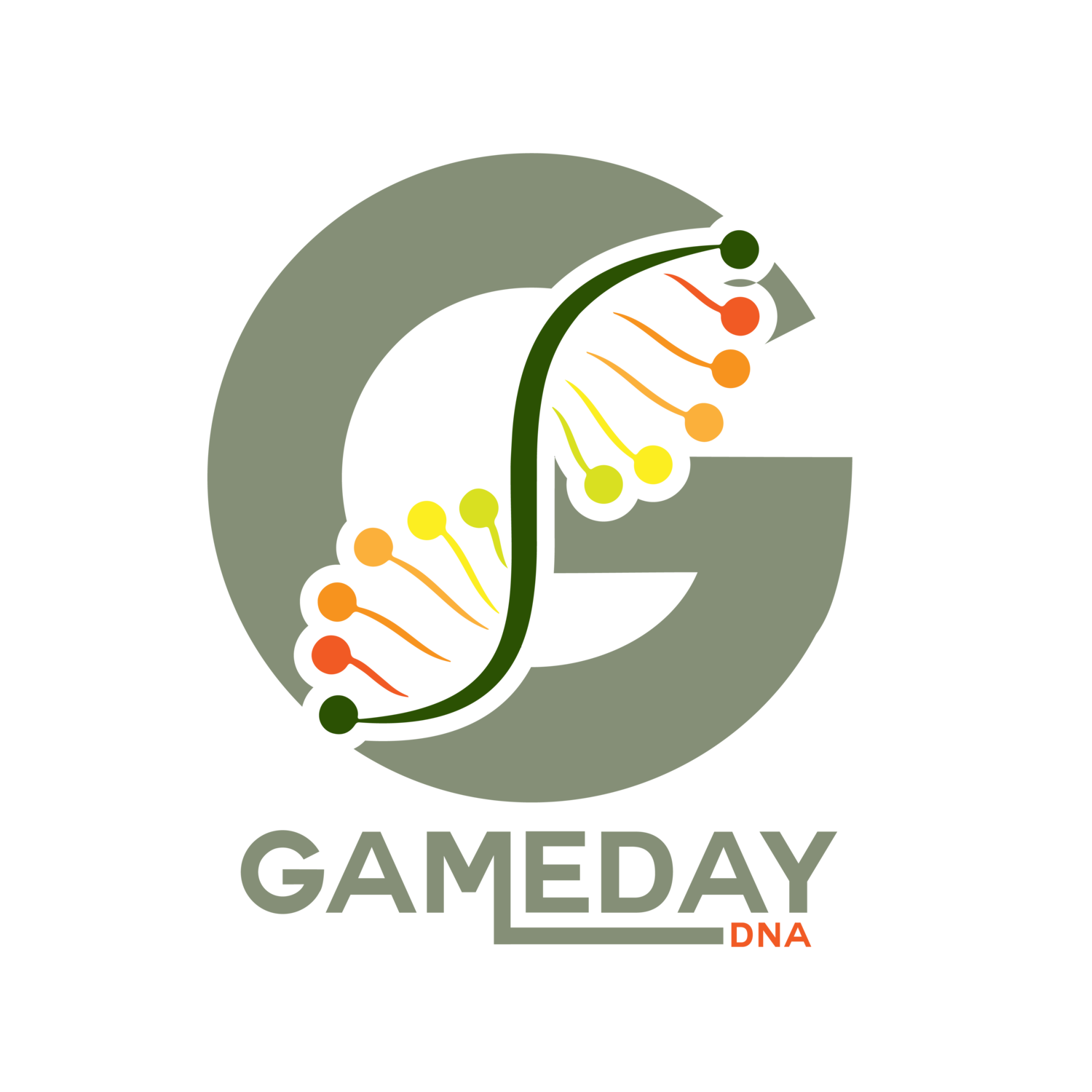Paternity Test DNA Sample Contamination: Prevention Tips & Common Mistakes
Why DNA Sample Purity Is Crucial in Paternity Testing
Accurate paternity DNA test results rely on collecting pure, uncontaminated DNA samples. Contaminated samples often cause inconclusive or inaccurate test results, delays, and unnecessary stress. Learn the most common sources of contamination and follow best practices to ensure your paternity results are reliable and valid.
1. Home DNA Paternity Testing: Step-by-Step Guide
How At-Home DNA Test Kits Work
At-home DNA paternity kits are convenient but require strict attention to hygiene and correct procedure. Each kit includes sterile buccal swabs, instructions, and secure return packaging. To prevent contamination—and guarantee accurate results—always follow DNA test kit instructions carefully and avoid touching the swab tip.
2. DNA Sample Contamination: Risks, Causes & Prevention
What Contaminates a Paternity DNA Sample?
Common sources include food or drink residue, improper storage, touching the collection swab tip, and exposure to multiple people’s DNA. Even seemingly minor mistakes can compromise DNA integrity, leading to test failure or inconclusive results.
How to Avoid Contamination Before DNA Testing
Don’t eat, drink, smoke, or chew gum for at least 30 minutes before the test.
Wash your hands thoroughly and ensure a clean environment.
Use only the materials provided in the test kit, and avoid touching the absorbent tip of the swab.
Promptly return the sample using the provided secure packaging.
3. Proper DNA Sample Handling: Avoiding Cross-Contamination
Keep Hands Clean When Handling DNA Swabs
Wash your hands thoroughly before collecting or handling DNA samples for a paternity test. Clean hands help prevent the transfer of bacteria, skin cells, or debris that could contaminate your sample and lead to inaccurate results.
Use Gloves to Minimize DNA Contamination
Wearing disposable gloves adds an extra layer of protection, reducing the risk of introducing foreign particles or other people’s DNA into the sample.
Immediate and Correct Swab Placement
Always place collected swabs directly into their designated containers after collection. Avoid contact with surfaces or leaving swabs exposed, as this can degrade or contaminate the DNA, impacting test accuracy.
4. DNA Test Packaging: Protecting Samples During Shipping
Choose Secure Packaging for Reliable Paternity Testing
High-quality, secure packaging helps protect DNA samples from contamination during transit. Follow the instructions included in the kit and use all provided packaging materials for the best sample protection.
Prevent Moisture and Protect DNA Integrity
Ensure that samples are completely dry before sealing them in containers. Moisture can break down DNA and reduce the quality of the test results.
Avoid Mold with Proper Storage
Incorrect storage may result in mold growth, making DNA samples unusable for paternity testing. Always store the samples according to the kit’s instructions to prevent spoilage and preserve DNA integrity.
5. DNA Test Contamination Prevention: Steps for Accurate Results
Follow Step-by-Step Instructions for DNA Collection
The best way to prevent contamination is to carefully follow every instruction provided with your DNA paternity test kit. Missing a step or using unapproved materials puts your test results at risk.
What Happens if a DNA Sample Is Contaminated?
DNA sample contamination can cause processing delays, result in inconclusive findings, and require a new test. Avoiding contamination is the key to getting fast, clear, and accurate paternity results on the first try.
Conclusion: Best Practices for Accurate Paternity DNA Test Results
Accurate paternity DNA testing begins with preventing contamination at every stage—from collection, handling, and packaging to shipping. By following these proven guidelines and using the provided instructions, you help ensure trustworthy DNA test results and avoid inconclusive or delayed reports. Proper sample purity and contamination prevention are the foundation for fast, reliable, and confident paternity outcomes.
Frequently Asked Questions: Paternity DNA Test Contamination & Prevention
1. Can Contamination Affect DNA Test Results or Cause False Findings?
Contaminated DNA test samples do not change genetic structure, but they can introduce foreign substances that interfere with analysis—leading to inconclusive results or test delays. Always collect samples carefully and follow proper procedures to minimize risks.
2. How Can I Prevent DNA Sample Contamination During Collection?
To avoid contamination, wash hands thoroughly, wear gloves if possible, and use only the materials provided in your paternity test kit. Store collected samples securely in their original containers and avoid touching the swab tip.
3. What Happens if My DNA Sample for Paternity Testing Is Contaminated?
A contaminated sample often causes processing delays, inconclusive findings, or requires a second test. Careful handling and strict adherence to instructions make it more likely your DNA test results will be clear and accurate on your first attempt.
Follow us on Instagram and Twitter! If you have questions about paternity tests or other DNA testing services, please contact our Client Support Center at 302-529-1789, Mon-Sunday from 8:00 AM to 9:00 PM Eastern Time. Our friendly, expert representatives are ready and happy to help. Get answers anytime by visiting our Help Center.


